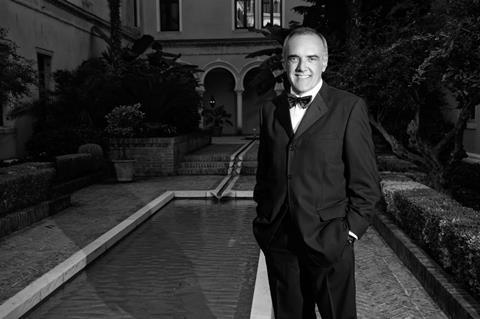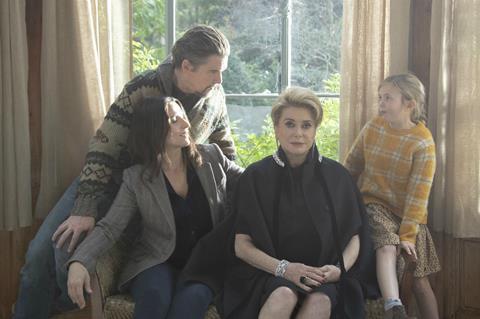
During his eight years as artistic director, Alberto Barbera has overseen a host of programming and structural changes. In 2014, the festival’s largest venue, the Sala Darsena, was revamped; in 2016, the new 446-seat Sala Giardino opened its doors, while Venice Production Bridge and a VR competition section were launched; and Venice is about to embark on a two-year restoration of the festival’s main hub, the Palazzo del Casino.
2019 marks the fourth edition of Venice Production Bridge. What is the aim here?
We opted for a selective market because the Lido has limitations when it comes to accommodation. We take the burden of selecting projects — films, documentaries and VR — with two-thirds of the budget already in place and looking for a co-producer, off the sales agents’ shoulders. Other markets do that too but for us it’s the core business. Venice Production Bridge started with 15 projects and last year there were 50. That allowed us to multiply the offer and now we have a literary rights market and a final-cut market that supports post-production of south Mediterranean projects.
Given the structural limitations, how much can the market grow?
We are about to start a complete restoration of the Palazzo del Casino which will take two years to complete. The internal spaces will be reorganised with a new screening theatre on the third floor and an optimisation of the basement with smaller screening rooms specifically designed for the market. Still, the idea is to avoid huge growth.

Is space availability the biggest issue for Venice?
The festival venues have been exactly the same from the 1980s up until 2010. After the project to build a new palace of cinema sank [in 2011], we opted for an intervention on the existing spaces. Now the festival can benefit from 6,000 seats where once there were 4,000. As of today this is enough, even considering that attendance has more than doubled. The year before my second mandate began [2011], 35,000 tickets were sold. Last year, we sold 82,000 tickets.
Of the major festivals Venice seems the most invested in virtual reality. What are you looking for as you enter the fourth edition of the VR competition?
Since the first year, the VR section has always been sold out. This is because of its limitations – only two or three people per hour can experience a single title. We have extended the opening hours of the Lazzaretto island from 10am to 8pm, and still it’s always sold out. What we look for is storytelling adequate for the medium, that honours what cinema has done in terms of narrative efficiency while trying to do more. We look for works that experiment with art at the same level of the films we present.
Paolo Baratta is at the end of his third mandate so next year there will be a new Biennale president. Your mandate will expire after the 2020 festival, although there are no limitations for festival director. Are there any further changes you believe the festival has to undergo?
Only programming ones. But it’s difficult to foresee those as not even the most unscrupulous analysts dare to make predictions about what will happen in the market in 2021 or 2022. We will make our decisions on the basis of those changes. About my future I would like to see the new Palazzo del Casino finished in 2021, but it will be up to the new president and the Biennale board to decide.























No comments yet